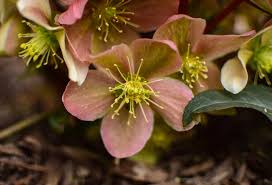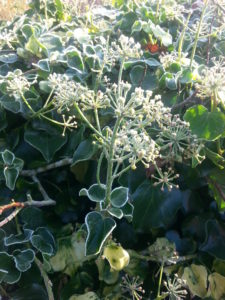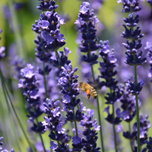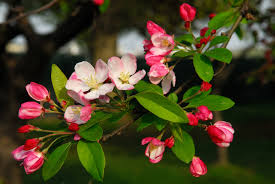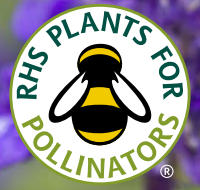My Wreath Environmental Manifesto
 Its August and I’m going to mention the C word! Christmas! … I’m already planning for this Christmas and the Wreath Workshops that I run. In fact, I took my first booking back in February!
Its August and I’m going to mention the C word! Christmas! … I’m already planning for this Christmas and the Wreath Workshops that I run. In fact, I took my first booking back in February!
I love running my Wreath Workshops but since I started holding them 3 years ago the world has woken up to the startling impact our use of plastic has on the environment. Remember this iconic episode from Blue Planet? I have become increasingly aware that the materials I use in my wreaths and in my workshops are part of this debate.
So, I decided to do some research to better understand the materials involved in making a wreath to make sure that they support the values I hold. Here’s a summary of the issues as I see them:
FLORAL FOAM
 I’ve been running Christmas and Autumn Wreath Workshops for 3 years and have helped approximately 400 people to make their own wreaths. I’ve always used floral foam (or Oasis) bases for the wreaths I make and, in my workshops, for 2 main reasons:
I’ve been running Christmas and Autumn Wreath Workshops for 3 years and have helped approximately 400 people to make their own wreaths. I’ve always used floral foam (or Oasis) bases for the wreaths I make and, in my workshops, for 2 main reasons:
~ It allows anyone to make a wreath. Even those that say “I‘m really not creative” can easily make a beautiful Christmas Wreath under my guidance
~ The wreath (if watered) will last a long time, way beyond Christmas anyhow!
But I have come to realise that floral foam is made of plastic and chemicals and cannot be recycled. I always suggest that the floral foam base can be used again, and in my experience can be used up to 6-8 times but I’m not sure this always happens. There is work afoot in the floristry industry to make floral foam bio-degradable but at the moment there is not an option for the foam rings I use.
Alternatives include a pre-made moss and straw ring which foliage can simply be added to or a DIY moss and wire ring which is made by binding moss to a wire ring with string or wire. It appears that the moss and wire ring can be watered and could last for a similar amount of time to the foam wreaths, and the moss and straw wreath would be harder to water and would therefore not last as long.
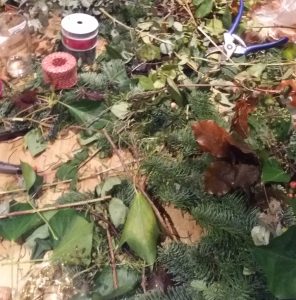
Christmas wreath making table
FOLIAGE
I forage for foliage to decorate my wreaths and for use in my workshops in a responsible manner, taking prunings and cuttings from gardens and hedgerows (both rural and urban) in a considerate manner, never without asking or with undue care. In fact, I believe my cutting and pruning helps keep hedgerows in check and stimulates healthy growth. I never cut all the Holly berries from a tree and always leave a fair amount for wildlife to feed on. Likewise, whilst collecting cones I always leave some behind for others.
I do have to buy some foliage (e.g. Spruce) to make up the wreaths as I could never forage enough for all the wreaths I make; let alone for the workshops I deliver.
MY MANIFESTO
I will ensure that any foliage or moss that I buy comes from a sustainable source and is ethically harvested and where possible I will buy trimmings that would have been thrown away.
I will forage in a respectful and responsible manner to ensure my pruning has as little impact on the local environment as possible.
I intend that the materials I use to make my Wreaths for sale contain all reusable or recyclable materials – so that means I will be moving to a moss and wire framework for my wreaths instead of using a floral foam base.
In my workshops this year I will expand my offering so that some workshop attendees use moss and wire and I will discuss options with those already booked to see what would work best. My aim is to move to Floral Foam Free Workshops in 2020.
I will make sure that all waste from my workshops is disposed of in the right way with green waste being composted and any other waste recycled as much as possible.
I wanted to share this as it feels like being environmentally conscious is an important part of both my personal and working life and it would be remiss of me to not review what I’m doing and to not make changes to how I work if I can. Let me know what you think below by leaving me a comment or ask any questions.
Renée
x
P.S. If you want to book a Wreath Workshop this Autumn or Christmas please get in touch. I deliver Workshops for Groups with a minimum number of 5 people either in your home or at a venue you’ve organised. I’ve delivered to Book Clubs, groups of friends and WI Groups, and been appointed by School PTA’s, Charities and Church Groups to run Wreath Workshops as fundraisers. I will also be running some ticketed events in the Redhill area so sign up to my newsletter if you want to know when these are announced.
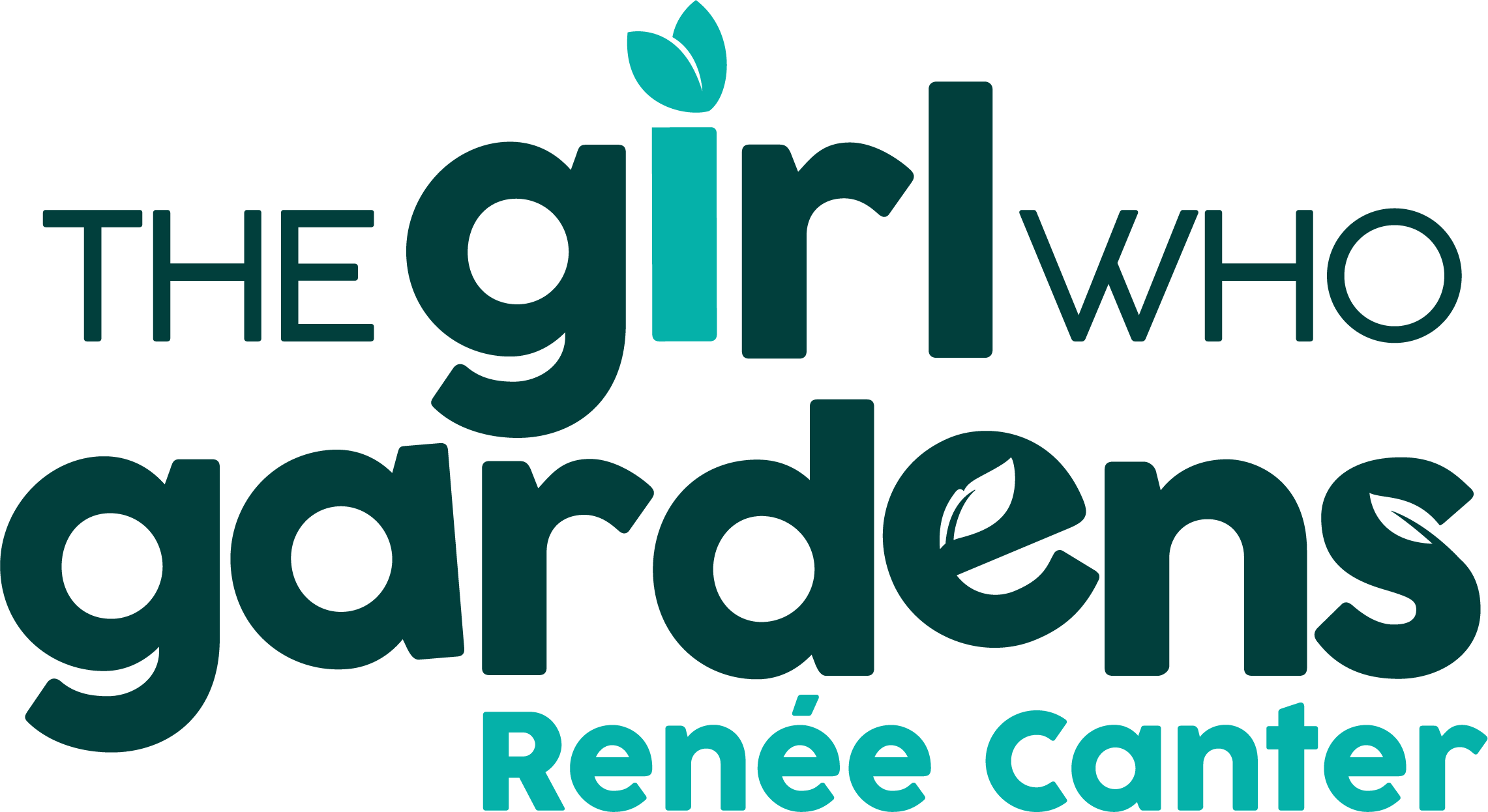
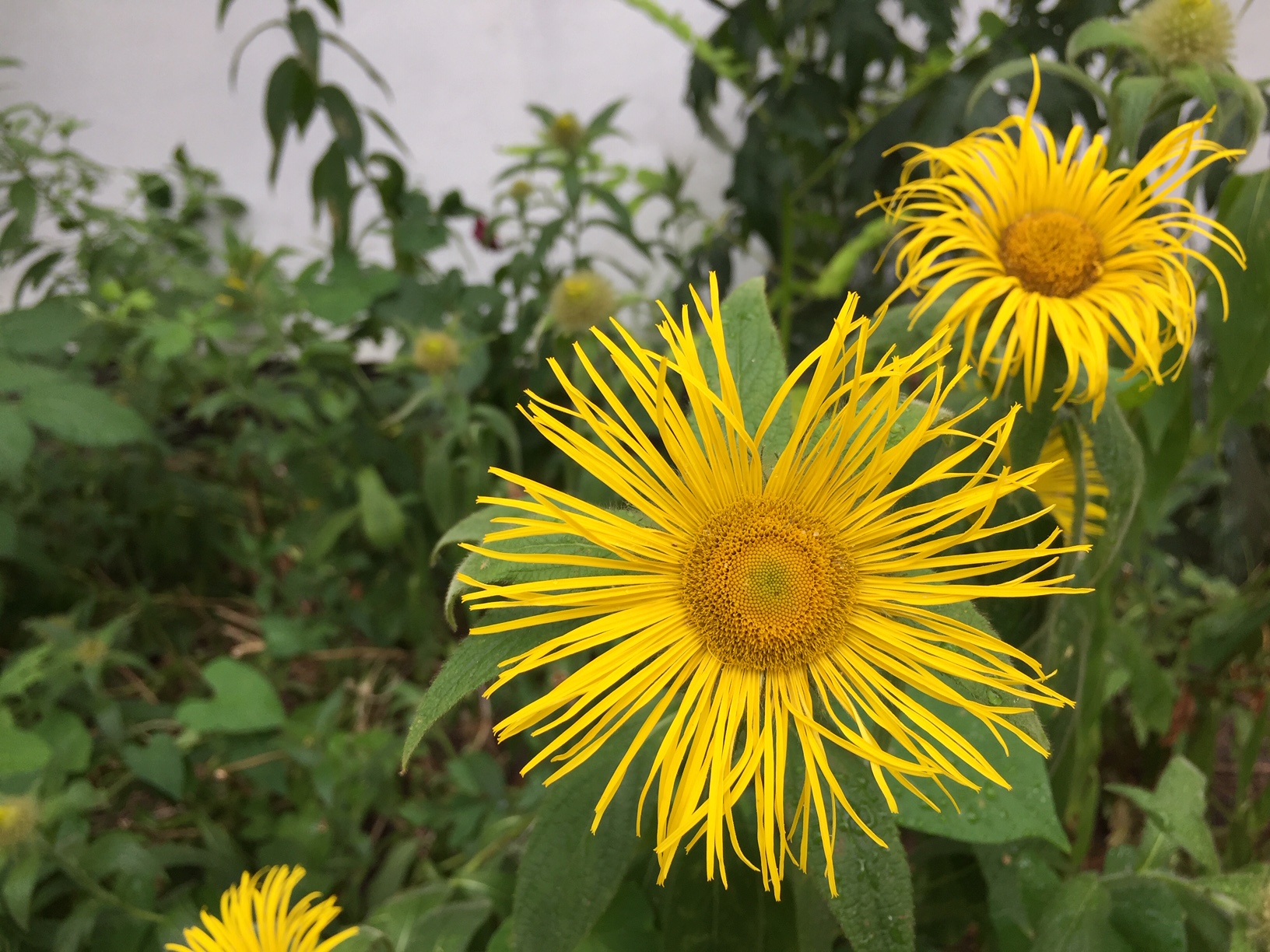 Harvest Daisy (Inula) – t
Harvest Daisy (Inula) – t